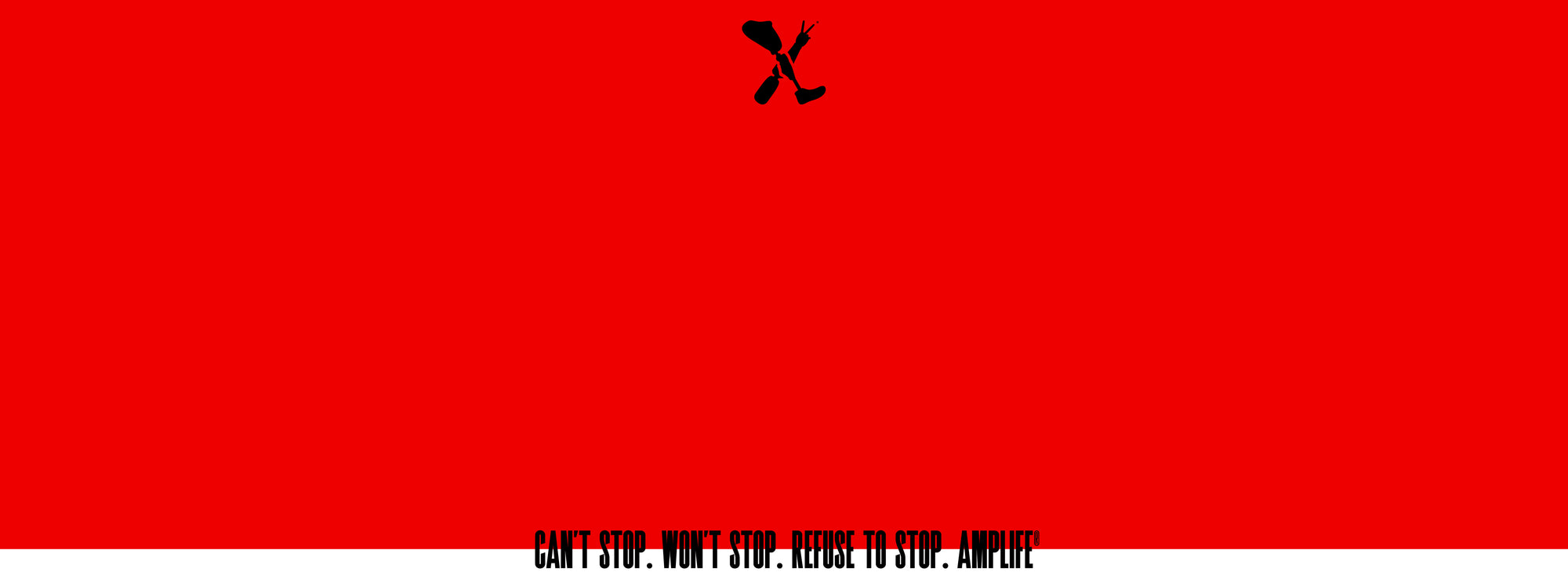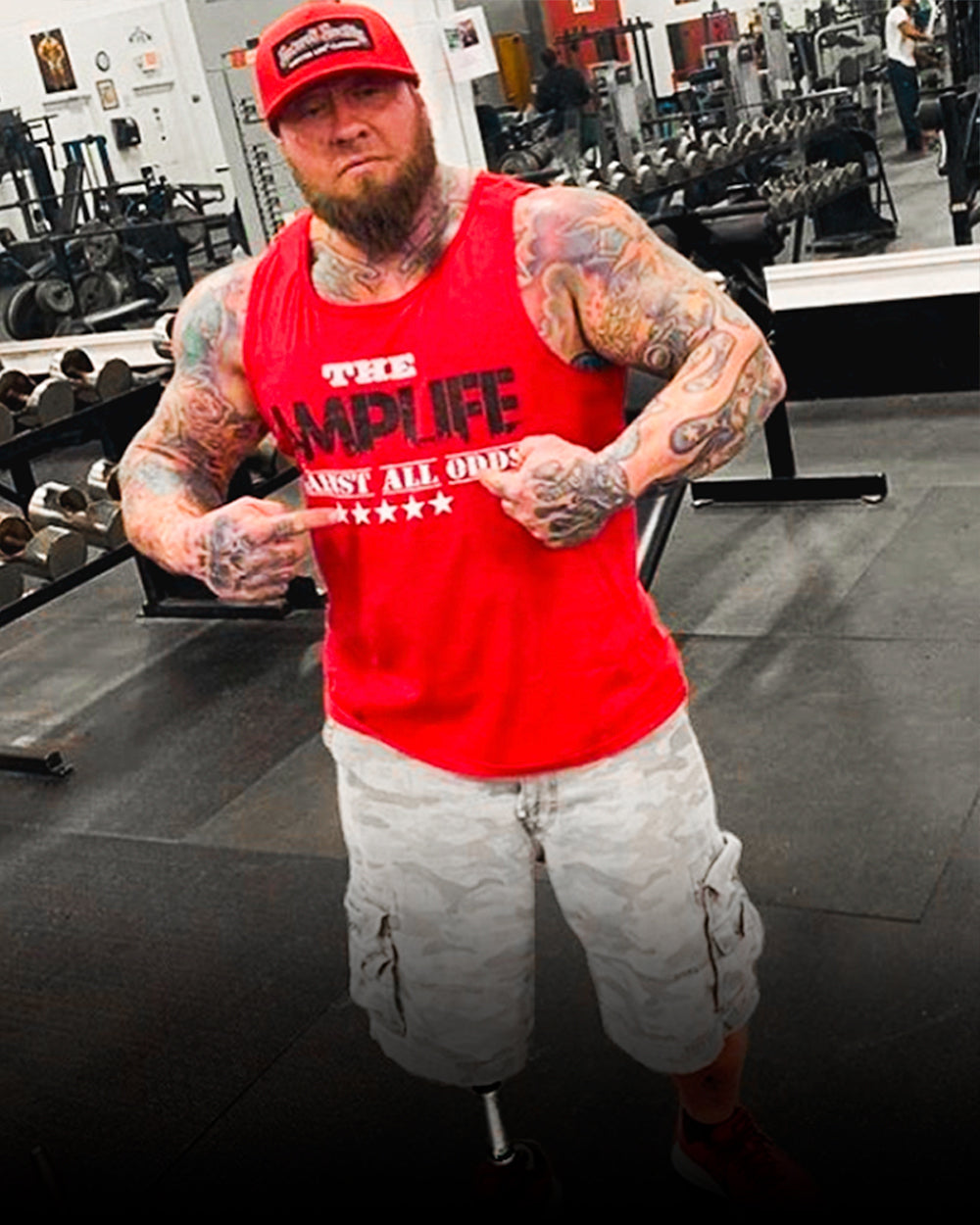Laws about disability have been around for centuries, with the 1st U.S. pension law given to injured soldiers in 1776. The Americans with Disabilities Act of 1990 (ada) is a federal American civil rights law that prohibits discrimination based on disability. This was the 1st major piece of national legislation in the world to systematically address the discrimination, barriers, and challenges faced by people with disabilities. Other countries followed suit by adopting similar ADA principles. [2]
ADA disabilities include both mental and physical medical conditions. A condition does not need to be severe or permanent to be a disability. [3] United States Equal Employment Opportunity Commission regulations provide a list of conditions that should easily be concluded to be disabilities:
Deafness,
Blindness,
An intellectual disability,
Amputations,
Mobility impairments requiring the use of a wheelchair or other assistive devices,
Autism,
Cancer,
Cerebral Palsy,
Diabetes,
Down Syndrome
Epilepsy,
Attention Deficit Hyperactivity Disorder (ADHD),
Human Immunodeficiency Virus (HIV) Infection,
Multiple Sclerosis,
Muscular Dystrophy,
Major Depressive Disorder,
Bipolar Disorder,
Post-Traumatic Stress Disorder,
Obsessive Compulsive Disorder (OCD),
and Schizophrenia.
Other mental or physical health conditions also may be disabilities, depending on what the individual's symptoms would be in the absence of "mitigating measures'' (medication, therapy, assistive devices, or other means of restoring function), during an "active episode" of the condition (if the condition is episodic). [4]
In 1986, the National Council on Disability (NCD), an independent U.S. federal agency, issued a report that identified the large remaining gaps in the U.S civil rights coverage for people with disabilities which recommended the adoption of comprehensive civil rights legislation, which became the ADA. [5]
Shortly before the act was passed, disability rights activists went in front of the U.S. Capitol Building, shed their crutches, wheelchairs, powerchairs and other assistive devices, and immediately proceeded to crawl and pull their bodies up all 100 of the Capitol's front steps, without warning. [6] As the activists did so, many of them chanted "ADA now", and "Vote, now". Jennifer Keelan, a second grader with cerebral palsy, was videotaped as she pulled herself up the steps, using mostly her hands and arms, saying "I'll take all night if I have to." This direct action is reported to have "inconvenienced" several senators and to have pushed them to approve the act. While there are those who do not attribute much overall importance to this action, the "Capitol Crawl" of 1990 is seen by some present-day disability activists in the United States as a central act for encouraging the ADA into law. [7]













